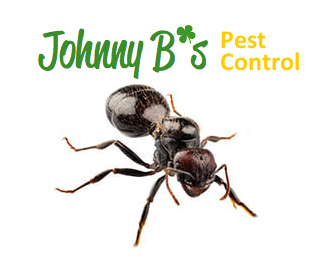We all know which insects inflict pain on humans. Bees and wasps are probably the most well known stinging insects. The fact that bees and wasps cause pain by injecting venom into the skin via their stingers is generally well understood by most people. Ants are also well known for causing their victims to experience painful stinging sensations, but unlike wasps and bees, it is not necessarily clear as to how ants deliver painful venom to humans. Obviously, ants are very small insects, so making out the details of their physical anatomy is no easy task. We often hear about painful ant bites, but we also hear about painful ant stings. So what causes pain to humans, ant bites or stings? Can all ants both sting and bite? If you have never been quite clear on this difference, then don’t feel bad, as this difference is far from what could be considered “common knowledge.”
All ant species possess features that allow them to combat enemies. Most ant species possess both stingers and menacing jaws, but some ant species can neither bite nor sting; instead these ants spray a defensive substance called formic acid. Of the more than 12,000 ant species that exist, most can both bite and sting you, but many ant species possess jaws that are too small to effectively pinch human skin. Also, most ants can sting with stingers, but most of these stings only cause mild irritation accompanied by a slight pain that is quite tolerable. The most venomous ants both bite and sting humans. First, a highly venomous ant will bite human skin in order to stay in place before injecting its stinger into skin. It is the stinger that delivers the painful venom that causes a stinging sensation while the bite is not a source of noticeable pain. In fact, many fire ant species are not required to bite before stinging, but they will always, at least, sting humans upon contact due to their aggressive nature. It should also be mentioned that while only a minority of ant species spray formic acid as opposed to stinging, the ant venom possessed by ants with stingers also contains formic acid. Given their close lineage, ants are anatomically equipped in a fashion that is similar to wasps. So, to put it simply, it is ant stings, and not ant bites, that cause painful stinging sensations.
Have you ever sustained painful ant stings from a species that you could not identify?

